It looks like a tiny parachute – or a robotic jellyfish – but the device now being implanted into Maine Medical Center patients is expected to prevent strokes and save lives for patients with atrial fibrillation.
Maine Med is the first hospital in the state to use the device – called the Watchman – on Afib patients. The surgery is expected to become much more common over the next decade, doctors said, and it should save lives and improve the quality of life for those patients. The surgery has been performed about 30 times since Maine Med began doing them about a year ago. Maine Med doctors said they expect to be doing the surgeries 75-100 times annually within a few years, and for other hospitals in Maine to start performing the operations.
The surgery to implant the Watchman device is preventive. It doesn’t cure Afib, but it stops blood clots, which cause strokes, from forming.
Atrial fibrillation is an irregular heartbeat that can cause dizziness, fainting, fatigue and other problems. While the condition is treatable, it’s dangerous because it can lead to strokes.
About 200,000 Americans are diagnosed with Afib every year. Many patients with atrial fibrillation need to take blood-thinning medications to prevent the strokes. But about 40 percent of those taking the medication are in danger of having bleeding episodes.
For patients who don’t respond well to blood thinners, it’s a classic no-win situation for doctors, because some patients are at great risk of deadly bleeding episodes when they take blood thinners. But if they don’t take the blood thinners, a stroke could kill or impair them.
“For some patients, they’re damned if they do, and damned if they don’t,” said Dr. Andrew Corsello, who performs the Watchman surgeries for Maine Med.
The Watchman surgery has been performed more than 30,000 times worldwide, and while the manufacturer, Boston Scientific, doesn’t release country-specific surgery numbers, there are now more than 300 hospitals in the United States that perform the surgery. While European hospitals have been doing Watchman surgeries for about a decade, the Food and Drug Administration approved the procedure in the U.S. in 2015.
The clots often form when blood in Afib patients pools in the left atrial appendage of the heart, which is attached to the left atrium. The Watchman simply blocks off the atrium from the appendage, preventing the dangerous pooling.
“I was told I was the perfect patient for this gizmo,” said Paul Rice of Phippsburg, a patient who underwent the surgery.
Rice lay on the operating table in late September for the procedure, but it didn’t look like a scene from “M*A*S*H” or “Grey’s Anatomy,” as there was a minimal amount of blood. A team of 10 doctors, nurses, medical professionals and representatives from Boston Scientific helped out.
Rice, 66, had almost bled to death that spring from internal bleeding related to ulcers in his esophagus. He was home alone, had passed out in the bathroom. When he came to, his blood had drenched the rug in the bathroom, but he was able to crawl to his cellphone to call 911. Doctors told him he was at great risk for future bleeding episodes from taking the blood thinners, which he has been on ever since he was diagnosed with Afib at age 50.
“I dodged a bullet and that’s a good thing. I don’t dwell on it,” Rice said before surgery. “Fortunately, we have good doctors and good techniques that can save me.”
A small incision was made above Rice’s right hip, and doctors snaked in a tube. Inside the tube they inserted the Watchman, and the device was attached to a long, skinny metallic piece that was used to journey through the femoral artery to the heart.
Corsello was the lead surgeon for the day, and he worked with Dr. Jay Powers and Dr. Samip Vasaiwala on the tasks of carefully working the device to exactly the right spot where it would hook into the sides of the appendage. The doctors would constantly look at ultrasound monitors to see how the device – made out of nickel titanium and polyester fabric – was doing.
“It’s like building a ship in a bottle,” Powers said after the surgery.
Powers’ job was to scrutinize the ultrasound images and guide Corsello and Vasaiwala to where they needed to go.
“Jay gets us in the right neighborhood and on the right street, but we have to get to the house,” Vasaiwala said.
Corsello said they had one small hiccup, where the sheath they used did not bend enough to get to the appendage. They had to remove the sheath, get one that bent slightly and try again.
“It’s like landing an airplane. But the difference is, if we land it the wrong way, we can try it again,” Corsello said.
Eventually, better imaging and 3-D models will enable surgeons to practice on an exact replica of each patient’s heart before doing the surgery, eliminating complications presurgery. Doctors now look at ultrasounds and prepare for the surgery by measuring where the device should go and how big it should be. Rice’s Watchman was 24 millimeters.
The appendages are not uniform, and take different forms. Some look like “broccoli,” “chicken wings” or “dog’s ears.” Rice’s was formed like a “lobster claw.”
Despite having to reinsert the sheath, the surgery only took about 90 minutes.
“Yeah, that looks really good there,” Corsello said, peering at the screen.
A counterclockwise turn, and the Watchman was released and implanted.
“The device is deployed,” Corsello said, signaling the surgery was completed, before removing his scrubs.
Corsello said strokes can be deadly or debilitating for patients and their families, but the Watchman doesn’t cure Afib, so the patients don’t feel any different.
“It’s like doing a magic trick where the result is nothing has happened,” Corsello said.
Vasaiwala said the biggest benefit is peace of mind and not having to live in fear of either a stroke or a deadly bleeding episode.
For Rice, a retiree who was a piano repairman, and his wife, Emily, they can now retire to Asheville, North Carolina, to be close to family.
Dr. Jagmeet Singh, deputy editor of the Journal of the American College of Cardiology: Clinical Electrophysiology, said the Watchman or other devices that will come to market later will make a big difference over time in preventing strokes, as the surgeries become more common. Medicare covers the procedure, which is a big reason why it’s becoming more common.
Singh said research on the Watchman continues. It may be eventually used on most or all patients with atrial fibrillation, not just ones who don’t respond well to blood thinners, he said.
“It may have wider uses, but there are many unanswered questions out there,” Singh said.
He said as other devices come to market in the ensuing years, the competition will drive down prices and help make the surgery less costly and more available. The Watchman costs about $18,000, but doctors pointed out that the cost of caring for a stroke patient is much higher, easily in the hundreds of thousands of dollars, if not more. Even compared to the cost of taking blood-thinning medication, the Watchman is more cost-effective, according to a study published in the January 2016 edition of the Journal of the American College of Cardiology.
Singh said it all adds up to a shift in the way doctors treat atrial fibrillation.
“From the balcony view, this is a game-changer,” said Singh, who is the associate chief of the cardiology department as Massachusetts General Hospital.
Joe Lawlor can be contacted at 791-6376 or at:
jlawlor@pressherald.com
Twitter: joelawlorph
Send questions/comments to the editors.




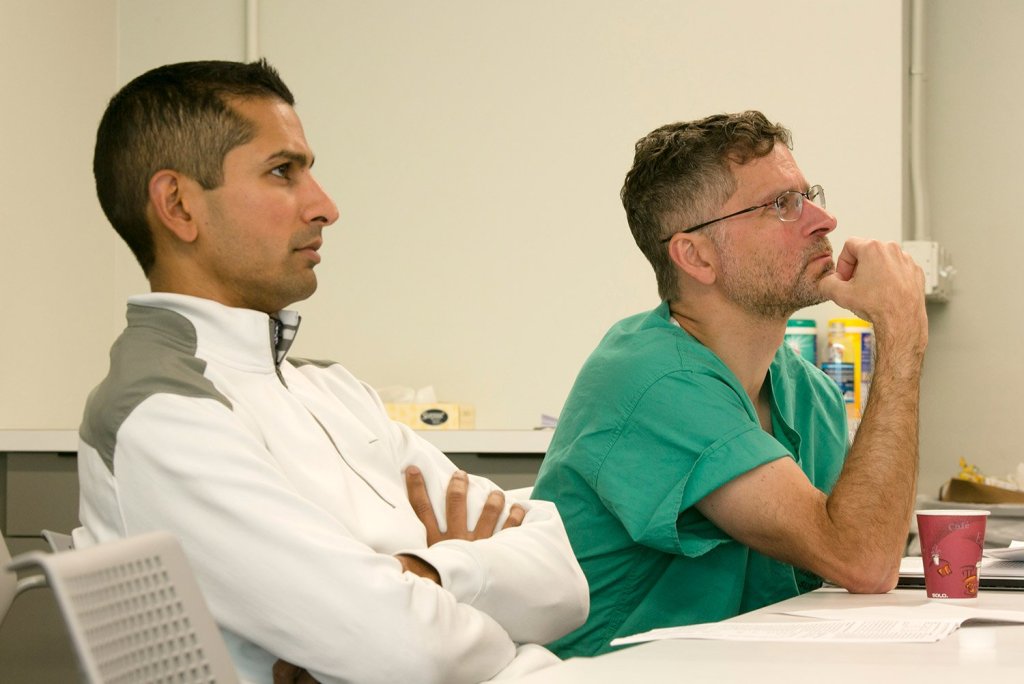

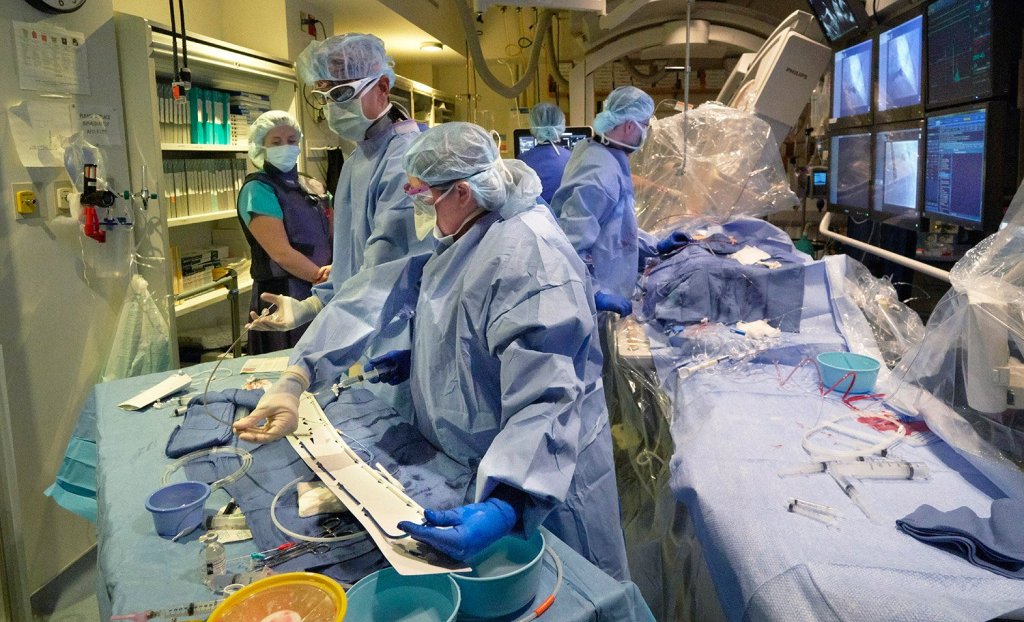
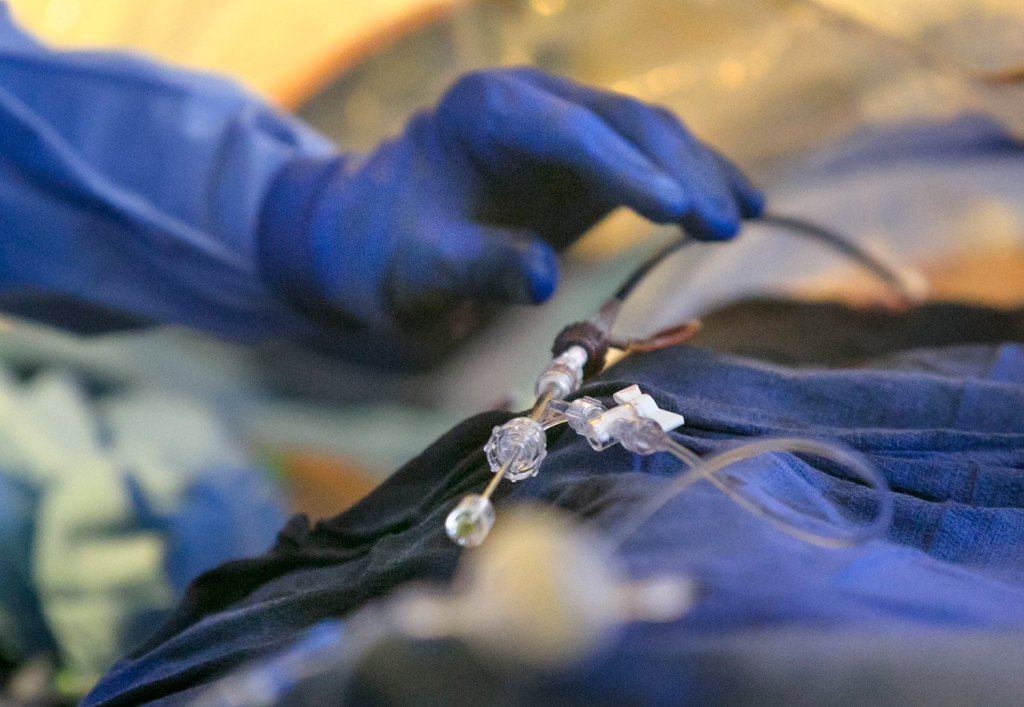
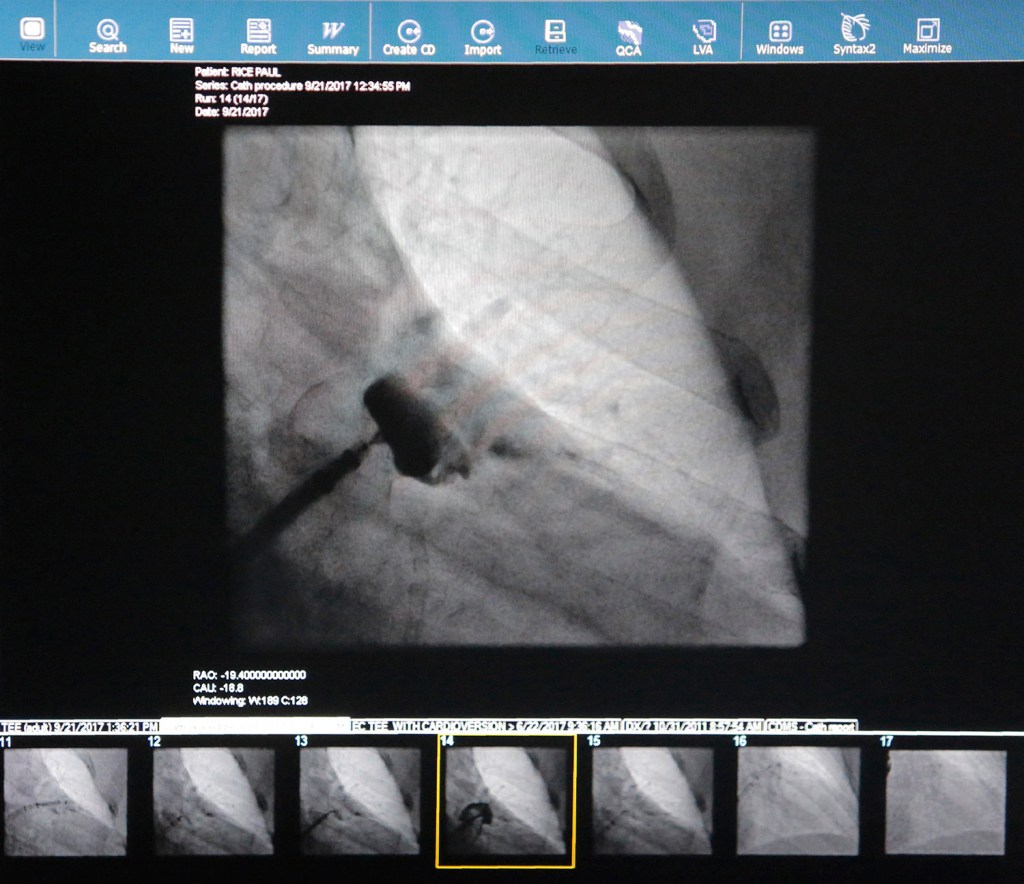
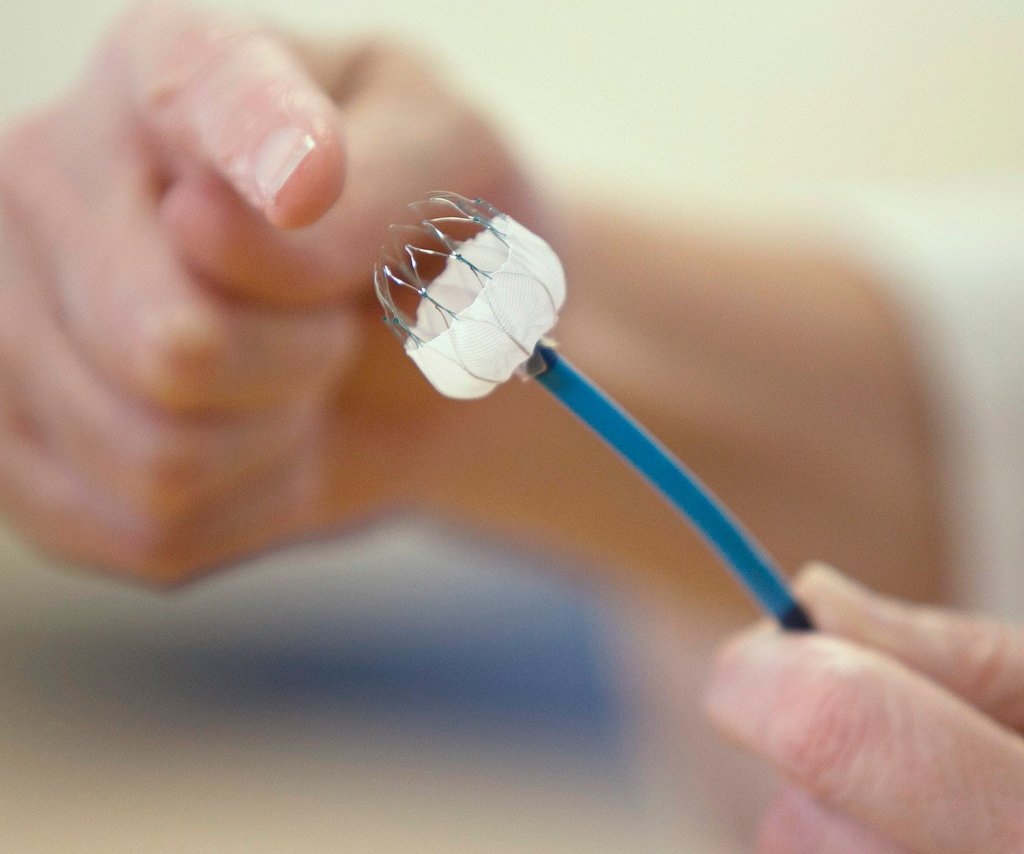


Comments are no longer available on this story